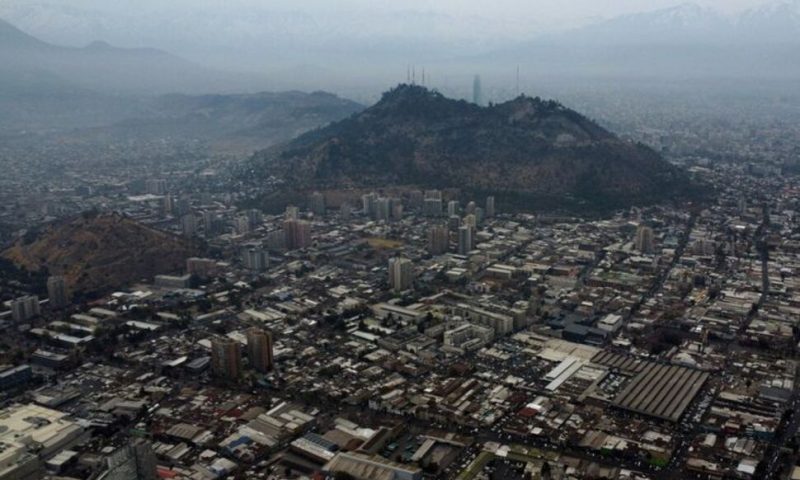SANTIAGO – Chileans are bundling up with more clothes and clutching cups of hot coffee as the country faces the most intense cold snap in nearly 70 years, bringing winter weather in the middle of autumn.
“Since 1950, that is, in the last 74 years, we had not had a cold wave as intense as the current one in May,” climatologist at the University of Santiago, Raul Cordero, told Reuters.
“So we are in the presence of the longest cold wave ever recorded in the capital, at least since 1950 for fall.”
For Thursday, the meteorological office expected a minimum temperature of 1 degree Celsius (34 Fahrenheit) in the central Santiago area.
The change was abrupt — within days of summer heat ending, mountains near the capital had snowy peaks.
“Before, May was a very autumnal month and now we go from extreme heat to extreme cold,” said student Francisca Vergara.
The Chilean government also declared a “code blue” in six regions in central and south central Chile to help people living on the streets cope with the extreme cold.
Cordero also said that polar cold masses clashing with tropical warm ones can cause storms, like the recent ones in Brazil where severe rains and floods have left almost 150 dead.
Aside from climate change and weather events like El Nino and La Nina, Cordero said bad luck contributed to the extreme weather events.
“These masses could have been found a few hundred kilometers (miles) further north or a few hundred kilometers further south and the consequences would have been different,” Cordero said.

